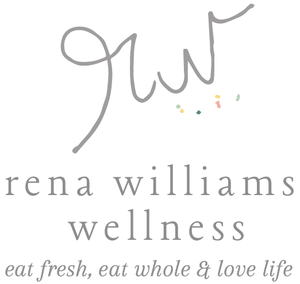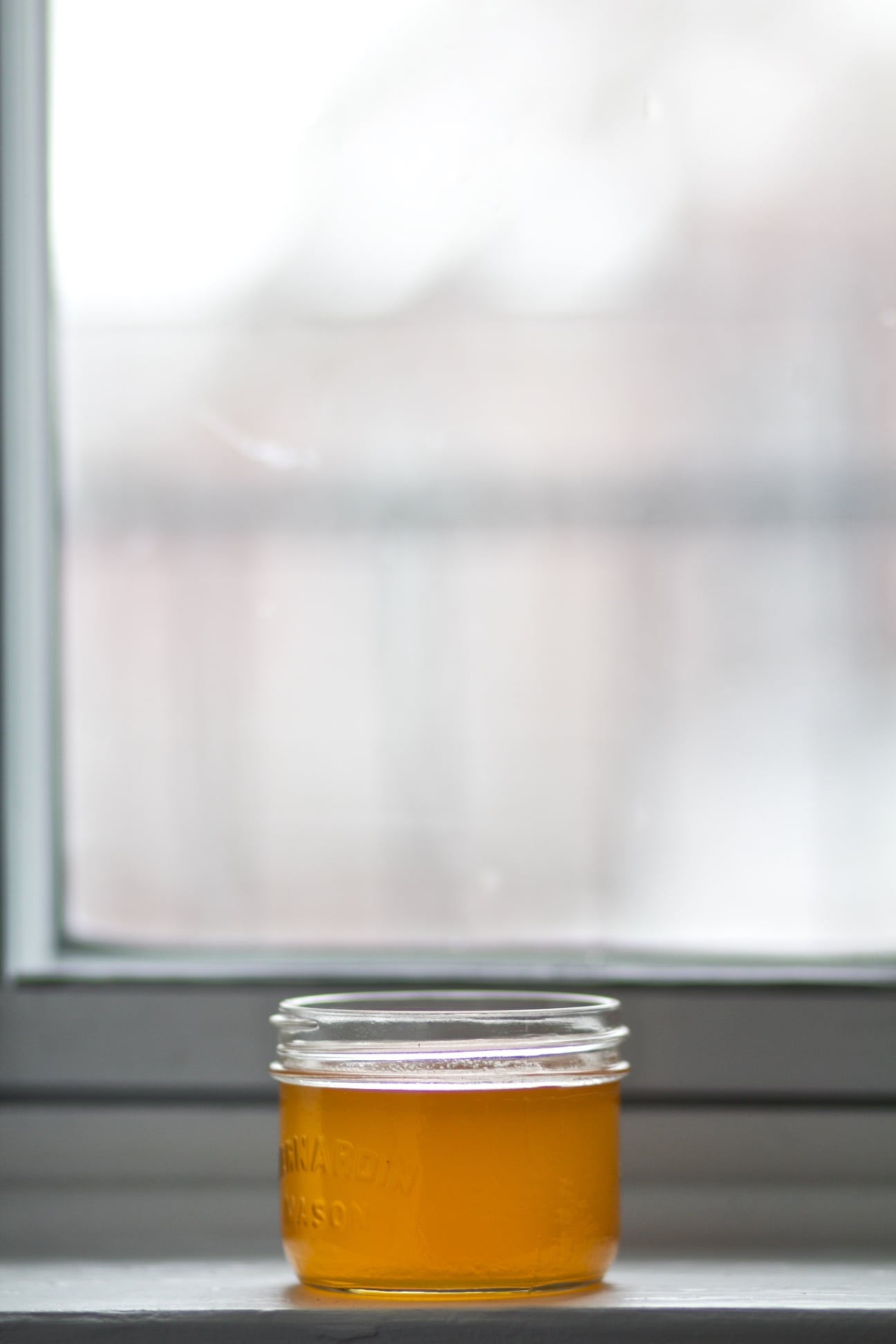It has all the richness you expect from butter. It even smells like butter, but it’s not butter.
These are a few of the reasons to love ghee.
What is Ghee
Ghee is made from butter that’s been heated through a slow cooking process to remove moisture (water) and milk solids like casein and lactose. It's often referred to as clarified butter. Their slight differences are in the cooking process. Ghee has been simmered longer than clarified butter. More of the milk solids are separated and removed in the making of ghee. The longer simmering of ghee also produces a darker, richer flavour that I’ve come to adore.
Reasons to Love Ghee
- It’s dairy free. Dairy can be difficult for our bodies to process, leaving us feeling bloated, gasy and irritated. So ghee becomes a great option for when you want the taste of butter, minus the dairy.
- It has a high smoke point. This means you can cook with ghee at higher temperatures and for longer periods of time without burning your food. If you’ve ever used butter to sauté garlic or caramelize onions only to end up with burnt crisps, you’ll love ghee for this reason alone.
- You get nutritional benefits without any irritating effects of dairy. Ghee has nutrients that are good for your gut and your colon, specifically butyric acid. This is a short chain fatty acid helps lower inflammation, increase insulin sensitivity and nourish the cells of our digestive tract. This creates a more supportive environment for good gut bacteria to thrive. It also reduces the risk of colon cancer. Our body makes butyric acid, mostly through the consumption of fibre. So ghee provides a dietary way to take in more butyric acid for a healthy gut and colon.
- It has a long shelf life. Because the milk solids have been removed, ghee will last unrefrigerated in an airtight container for up to 3 months. Refrigerated, it will last even longer. Up to one year I’ve been told. I do go through mine in less time, so I can’t personally vouch for the one year.
- It’s long been used in Ayurvedic medicine. Its benefits in this form of medicine are plenty but one of the main uses is as a digestive aid. In Ayurvedic terms, ghee helps stir our digestive fire.
To Buy or Make Ghee
I personally prefer to make it. It’s incredibly easy to make (see recipe below) and less expensive, even when using high quality unsalted butter. If you do want to make your own ghee, go for the best quality butter your budget allows.
Organic, grass fed butter ensures the milk is free from unnecessary hormones, antibiotics, pesticides and other toxins. Remember you end up eating what the animal ate. So quality matters.
If you prefer to buy it, you can find it online here.
The second foaming I refer to in my recipe below is shown here. The more translucent, bubblier bits in the middle of the saucepan, is the second foam. The first foam is in the upper left corner of the saucepan and not as translucent.
Ghee
Makes approx. 3/4 cup*
Time required: approx. 20 minutes
220 grams or 1 cup unsalted butter, cut into cubes
How to:
- Place cubes of butter in a heavy-bottomed saucepan over medium heat, allowing the butter to melt
- As the butter is melting you’ll hear it sputter. This is moisture evaporating from the butter
- As the sputtering subsides, you’ll see a thick layer of foam form on top of the butter (around the 5 - 7 minute mark)
- Once the thick layer has finished forming, you may at this point remove from heat if you want clarified butter. Using a cheesecloth lined fine-mesh strainer, pour the liquid through the strainer into a glass container
- For ghee, reduce heat to medium-low, continuing to let butter simmer
- The butter will foam once again (around the 12 - 14 minute mark). This second foam will be more translucent than the first. After the second foam, you’ll notice milk solids resting at the bottom of the saucepan and the liquid will become a darker, more golden colour. It will also start to smell like caramel or slightly nutty
- When the milk solids are a golden brown (around 16 - 18 minute mark), ghee is ready. Remove from stove
- Using a cheesecloth lined fine-mesh strainer, pour the liquid through the strainer into a glass container. Discard milk solids and foam
- Ghee will keep in an airtight container for 2 - 3 months in the pantry or 6 months to one year refrigerated
* The amount this recipe yields will depend on the quality of butter you use. Butter typically has a 15-20% water content. The lower the water content, the more ghee you end up with.
The difference in yield. The ghee on the left is from butter I purchased at a warehouse type large chain grocery store. On the right is ghee from butter I purchased at my local butcher's shop, where all animal products are sourced from local, ethically responsible farmers. I started with 1 cup unsalted butter in both cases.
Some of my favourite uses for ghee are sautéing and roasting veggies, and making or drizzling on popcorn. What are some of your favourite uses? Share with me in the comments below.
Sources:
Haas, Elson M. Staying Healthy With Natural Nutrition. New York: Random House. 2006. Print.





